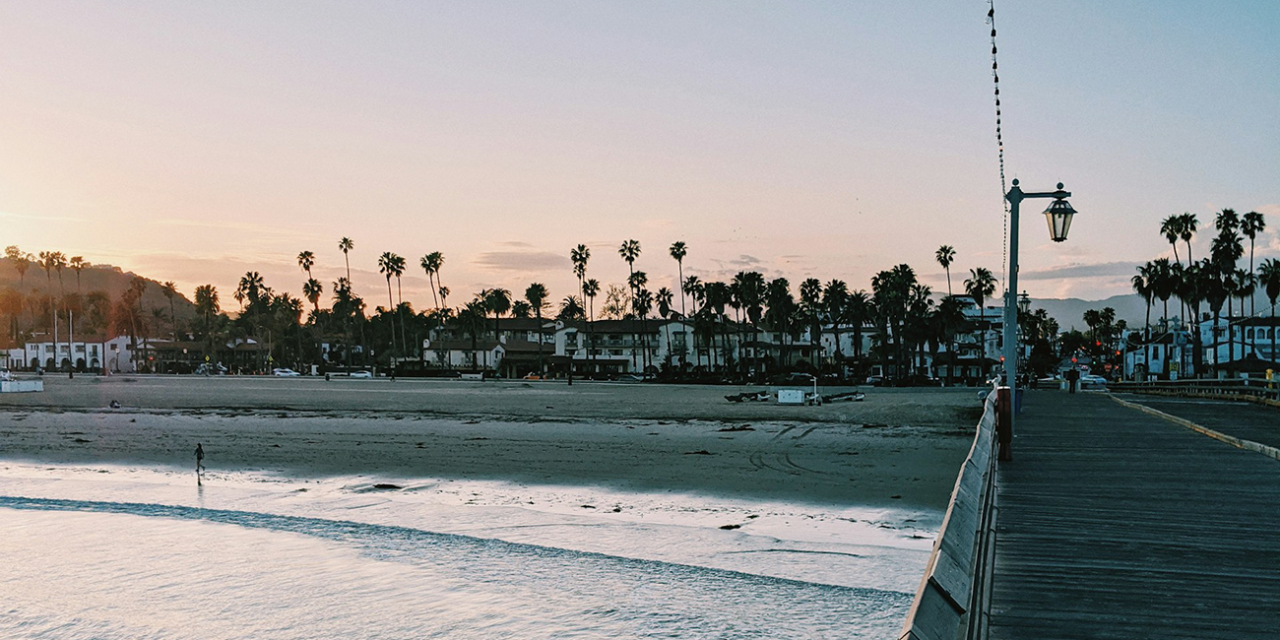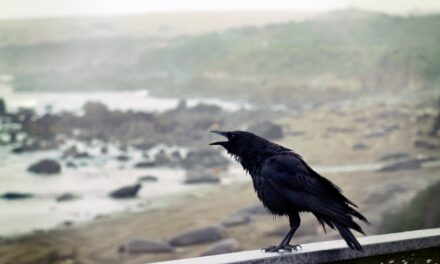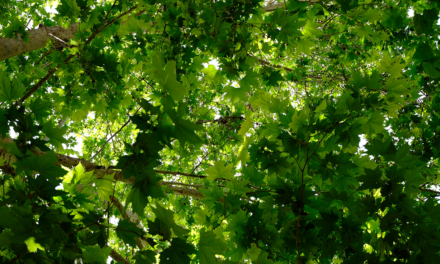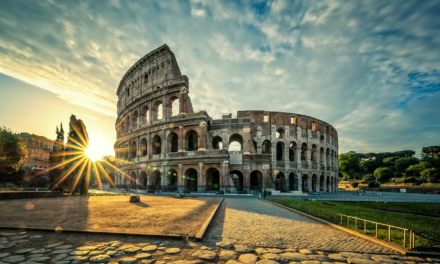Santa Barbara, known fondly as the American Riviera, is nestled along the Pacific coast, a gem of California’s storied landscape.
Its history is a vibrant collage that stretches from ancient indigenous tribes to Spanish missions, from the glitz of the American film industry to the tranquility of its modern-day beach town vibe.
Embark on an enlightening exploration through Santa Barbara’s past, discovering the pivotal moments that have shaped this picturesque city into a cultural and historical beacon.
Table of Contents
The Indigenous Legacy: Chumash Beginnings
Chumash Heritage
Before European explorers started setting foot on its shores, Santa Barbara was the homeland of the Chumash people.
Renowned for their sophisticated craftsmanship and deep spiritual connection to the land and sea, the Chumash established a thriving society. Their influence is still felt today, with remnants of their culture intricately woven into the city’s fabric.
- The Chumash were skilled artisans, known for their basket weaving and plank canoes called tomols.
- They had a complex social structure and spiritual beliefs centered around the natural world.
- Many place names in the region, such as Humaliwo (“where the surf sounds loudly”), derive from Chumash language.
Spanish Exploration: The Mission Era
Arrival of the Spanish
The arrival of the Spanish explorers during the 16th century marked the beginning of a new epoch for the region.
It was during the Spanish mission period that Santa Barbara gained its name, christened in honor of Saint Barbara.
The construction of the Mission Santa Barbara in 1786 became a focal point for the Spanish’s efforts to convert the indigenous population and expand their colonial footprint.
- Mission Santa Barbara became known as the “Queen of the Missions” for its architectural beauty and educational influence.
- The mission system introduced European agriculture, livestock, and religion to the area.
- Santa Barbara became a critical point in Spain’s effort to colonize and Christianize California.
Mexican Rule and American Integration
Transition to Mexican Governance
As Mexico gained its independence from Spain, Santa Barbara moved into Mexican governance.
This period was characterized by the land grant system, which shaped much of the region’s agriculture and ranching industry.
However, following the Mexican-American War, Santa Barbara became part of the United States, opening a chapter of accelerated growth and development.
- Large ranchos were established, influencing the local economy and land distribution.
- Prominent families, such as the de la Guerra family, played significant roles in Santa Barbara’s social and economic life.
- The 1848 Treaty of Guadalupe Hidalgo brought Santa Barbara under American jurisdiction, sparking rapid changes.
The Birth of a Tourist Destination
Rise of Tourism
With the advent of the 20th century, Santa Barbara blossomed into a haven for tourists and health-seekers, drawn by its mild climate and therapeutic hot springs.
The establishment of luxury hotels and the Southern Pacific Railroad ushered in an era of affluence and leisure, positioning Santa Barbara as a coveted destination for the American elite.
- The opening of luxury resorts, like the Arlington Hotel, attracted visitors from across the country.
- The city’s natural beauty and serene environment became synonymous with wellness and relaxation.
- Santa Barbara became known for its picturesque beaches, historic architecture, and vibrant cultural scene.
Disaster and Renewal: The 1925 Earthquake
Rebuilding in Spanish Colonial Style
In 1925, Santa Barbara was struck by a devastating earthquake that left much of the city in ruins.
The silver lining to this calamity was the city’s decision to rebuild in a uniform Spanish Colonial style, which today gives Santa Barbara its distinctive architectural charm and cohesion.
- The earthquake prompted a citywide effort to preserve and enhance the Spanish architectural heritage.
- Architects like George Washington Smith and Carleton Winslow Sr. played key roles in the reconstruction.
- The unified architectural style created a cohesive and charming cityscape that attracts visitors worldwide.
Hollywood’s Hideaway: The Film Industry’s Retreat
Film Industry Influence
Santa Barbara’s idyllic setting and proximity to Los Angeles made it a favored retreat for Hollywood stars in the silent film era and beyond.
The city’s allure for the film industry is enshrined in the annual Santa Barbara International Film Festival, which continues to draw industry luminaries and film enthusiasts alike.
- Early film studios, such as Flying A Studios, established a significant presence in the city.
- The city’s scenic locations were featured in numerous films, enhancing its reputation.
- Hollywood celebrities, including Charlie Chaplin and Mary Pickford, frequented Santa Barbara, contributing to its glamorous image.
Modern Santa Barbara: Balancing Growth with Heritage
Urban Planning and Preservation
In the present day, Santa Barbara is a testament to mindful urban planning and cultural preservation.
The city harmonizes its touristic appeal with the local lifestyle, maintaining a commitment to preserving its historical landmarks, stunning landscapes, and community ethos.
- The city implements strict building codes to maintain its historical and architectural integrity.
- Initiatives like the preservation of the El Presidio de Santa Bárbara State Historic Park showcase its rich history.
- Santa Barbara’s focus on sustainable development and green spaces enhances its quality of life.
Q&A: A Background on Santa Barbara’s History
How has Santa Barbara’s history influenced its modern identity?
The city’s rich history, from the Chumash legacy to its Spanish architectural influence, underpins its modern identity as a culturally rich, aesthetically distinct, and environmentally conscious city. This deep-rooted heritage informs its current ethos and community values.
What role did the 1925 earthquake play in shaping the city’s architecture?
The earthquake of 1925 catalyzed the city’s architectural uniformity; it inspired the adoption of the Spanish Colonial style in rebuilding efforts, which now serves as a hallmark of Santa Barbara’s visual appeal. This cohesive style attracts visitors and preserves the city’s historical character.
How does Santa Barbara honor its indigenous history?
Santa Barbara honors its Chumash roots through museum exhibits, cultural festivals, and the preservation of historical sites, ensuring that the original stewards of the land are recognized and remembered. These efforts highlight the city’s commitment to cultural respect and historical accuracy.
In what ways has tourism shaped Santa Barbara’s economy and culture?
Tourism has been a cornerstone of Santa Barbara’s economy, fostering a culture that values hospitality, arts, and maintaining natural and historical sites that continue to draw visitors. This influx of visitors supports local businesses and enriches the city’s cultural landscape.
Santa Barbara’s Place in History
The historical journey of Santa Barbara is a rich story, filled with transformation and resilience.
From its indigenous beginnings to its current standing as a beacon of cultural preservation and environmental stewardship, Santa Barbara has navigated the tides of change while holding fast to the essence that makes it unique. As it stands today, a bastion of beauty and history, one wonders what the future holds for Santa Barbara.
How will the city continue to evolve, and what new stories will be added to the already intricate mosaic of the American Riviera’s past?





